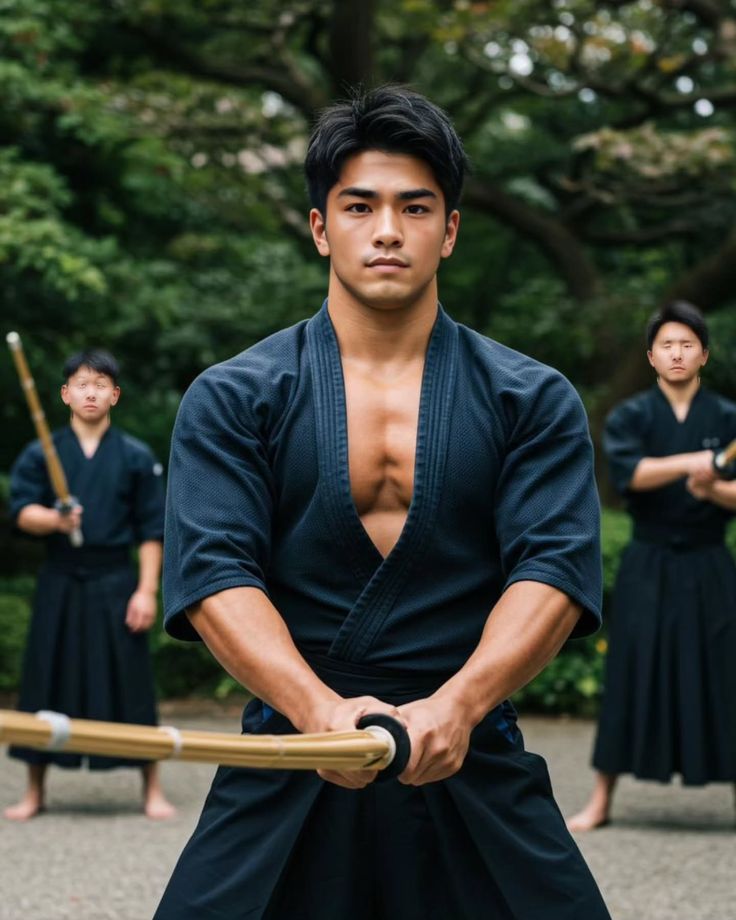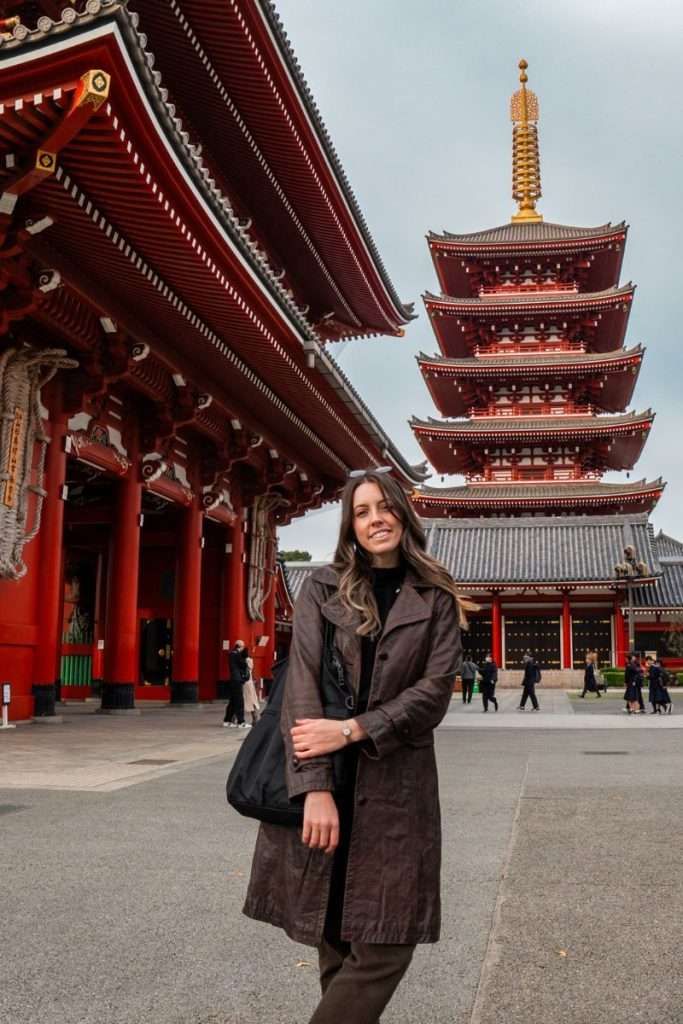What makes someone attractive? It’s a question as old as humanity, with answers that are both universally human and deeply specific to culture. While a winning smile and a kind heart are valued globally, the nuances of what truly captures someone’s interest are often shaped by societal norms, media portrayals, and unspoken cultural codes. In Japan, a country known for its unique blend of deep-rooted tradition and hyper-modern trends, these preferences can be particularly fascinating.
A revealing street interview video by the popular YouTuber “Takashi from Japan” offers a rare and candid glimpse into this very topic. By directly asking young Japanese women what they find attractive in a man, the video moves beyond stereotypes and provides authentic, first-hand accounts. From physical attributes and personality traits to the complex dynamics of dating a foreigner, their answers paint a detailed picture of modern attraction in Japan.
This article will delve into the findings from these interviews, analyzing the key themes that emerged and placing them within a broader Japanese cultural context. We will explore the ideal physique, the paramount importance of gentlemanly behavior, the subtle aesthetics of style, and the practical and emotional considerations that come into play when romance crosses cultural and linguistic borders.
Section 1: The Ideal Physique – A Balance of Height, Health, and Refined Masculinity

Physical attraction is often the initial spark, and the interviewees provided very specific insights into what they look for. Their preferences reveal a desire not for an exaggerated, Herculean ideal, but for a balanced physique that suggests health, strength, and a certain comforting presence.
The Height Hierarchy: Tall, But Not Too Tall
One of the most consistent points raised across multiple interviews was a preference for tall men. This is a common desire in many cultures, but the Japanese women provided a specific and nuanced perspective.
One of the first women interviewed, a former classmate of the host, Takashi, whom he serendipitously ran into in Harajuku, laid out a clear “height spectrum.” She stated her ideal was a man taller than 175 cm (approximately 5’9″). Interestingly, she also had an upper limit, noting that men in the 185-189 cm (6’0″ – 6’2″) range would be “too tall” for her. Her absolute minimum was 170 cm (5’7″).
This sentiment was echoed by another group of women. One mentioned her ideal height was above 170 cm, while her friend specified that a man over 180 cm (5’11”) would be too tall. The reason she gave was practical and relatable: the height difference becomes too significant, making conversation and simple physical closeness feel awkward. “It’s hard to talk with if he is too tall,” one of them explained, looking up to demonstrate the neck-craning that would be involved.
This preference for a specific “sweet spot” in height is culturally significant. While being tall is associated with being cool, reliable, and protective, an extreme height difference can disrupt the sense of harmony and comfortable companionship that is highly valued in Japanese relationships. The ideal isn’t just to “look up” to a partner, but to be able to stand beside them in a way that feels natural and balanced.
The Manly Build: Muscles, Veins, and Otokorashisa

Beyond height, the concept of a “manly” (otokorashii) build was a key theme. One woman, interviewed in a park, was clear in her preference for men with a good physique. “I like manly guys,” she stated, clarifying that she preferred someone with a bigger, more muscular build over someone skinny.
This connects to another, more specific aesthetic preference mentioned by one of the women eating a crepe: veins. “I like guys’ veins,” she said with a smile, a sentiment her friend quickly agreed with. This might seem like a minor detail, but the visibility of veins (kekkan) on a man’s arms and hands is a well-known point of attraction for many Japanese women. It acts as a subtle signifier of masculinity, physical fitness, and low body fat without the overt bulkiness of a bodybuilder. It suggests strength and vitality in a refined, almost artistic way.
The topic of facial hair also came up in the context of manliness. The woman in the park was open to it, saying it was fine “if it suits them.” However, she also astutely noted, “A lot of Japanese girls don’t like guys with facial hair.” This highlights an important cultural point. The concept of seiketsukan (清潔感), or a sense of cleanliness and tidiness, is extremely important in Japanese society. A clean-shaven face is often seen as the default for being well-groomed and professional. While beards are becoming more fashionable, for many, they are still associated with being unkempt unless styled with meticulous care. Her conditional acceptance shows a personal preference that deviates slightly from the perceived mainstream.
Section 2: Character and Conduct – The Unwavering Appeal of the Gentleman

While physical traits create the initial impression, the interviewees unanimously agreed that character and behavior are what truly matter. A recurring and powerful theme was the desire for a kind and considerate partner—a modern gentleman.
Shinshiteki: The Art of Being a Gentleman
The first interviewee immediately identified her ideal type as a shinshiteki na hito (紳士的な人), or a “gentlemanly person.” When asked for examples, she cited classic acts of chivalry: a man who opens doors for her or who instinctively walks on the side of the sidewalk closer to the street to protect her from traffic.
This exact example was brought up again by another interviewee, demonstrating how potent and widespread this specific image of consideration is. These actions are not just about old-fashioned manners; they are seen as tangible evidence of kizukai (気遣い), a deep and uniquely Japanese concept of attentiveness and concern for others’ comfort. It’s the ability to anticipate someone’s needs and act thoughtfully without being asked. In a relationship context, this translates to a partner who is protective, caring, and makes you feel prioritized and safe.
Yasashisa: The Cornerstone of a Good Partner

Closely related to being a gentleman is the quality of yasashisa (優しさ), or kindness. When one woman was asked for her ideal type, her first and most emphatic answer was that “he has to be nice!”
In Japan, describing a man as yasashii is one of the highest compliments. It encompasses more than just being polite; it implies a person who is gentle, compassionate, empathetic, and reliable. It’s the antithesis of being aggressive, selfish, or emotionally unavailable. In a culture that values social harmony, a yasashii partner is one who contributes to a peaceful, supportive, and emotionally stable relationship. For many Japanese women, especially when considering a long-term partner, this quality is non-negotiable and far outweighs fleeting physical attributes.
Section 3: The Intricacies of Style – From “Cute” Sleeves to Indirect Approaches
Attraction in Japan also extends to specific stylistic choices and even the way one navigates the early stages of a romance. These details reveal a culture that appreciates subtlety, cuteness, and indirect forms of communication.
Moesode: The Unexpectedly Cute Aesthetic
One of the most unique preferences mentioned was for moesode (萌え袖). The term, which translates roughly to “sprouting sleeves,” refers to wearing sleeves that are so long they cover the hands. The first interviewee declared, “I like guys who wear really long sleeves,” explaining it as the look where the sleeves hide the hands.
Moesode is an aesthetic deeply rooted in Japan’s kawaii (cute) culture. It creates a look of vulnerability, coziness, and a charming, almost child-like helplessness that is considered endearing. It’s fascinating that this preference, often associated with female fashion, is also found attractive when seen on men. It suggests a desire for a partner who isn’t just “manly” in the traditional sense, but who also has a softer, more approachable, and “cute” side.
The Art of the Approach: Indirect Flirting via Instagram
Perhaps the most culturally insightful moment in the video came when two women were asked how they would approach a guy they like. Rather than suggesting a direct confession or asking for his number, one woman revealed a quintessentially modern and Japanese strategy: she posts a general call-to-action on her Instagram story, such as “Who’s free?” or “Let’s hang out.”
She then waits to see if the guy she’s interested in will respond to the story. This is a masterful act of indirect communication. It completely avoids the risk of direct, face-to-face rejection. By putting the message out to all her followers, she creates plausible deniability. If he doesn’t respond, no face is lost. If he does, it opens the door for a private conversation.
This approach is a perfect example of the Japanese cultural emphasis on maintaining harmony (wa) and the skill of sasshi (察し), the ability to “read the air” or infer someone’s intentions without them being stated explicitly. She creates an opportunity and trusts the other person to understand the unspoken invitation. It is a subtle dance of modern technology and age-old communication norms.
Section 4: The Foreigner Question – A World of Interest and a Wall of Practicality
Given that Takashi’s channel has a large international audience, the question of whether they would date a foreign guy was a central part of the interviews. Their answers were a compelling mix of curiosity, positive stereotypes, and significant, practical concerns.
The Perceived Positives: Chivalry and Openness
There is a general perception, as voiced by the women eating crepes, that foreign men are more gentlemanly and treat women exceptionally well. This aligns with the high value placed on shinshiteki behavior. Foreign men are often seen as being more open with their affection, more direct with compliments, and more practiced in the art of romantic gestures, which is highly appealing.
The Overwhelming Hurdles: Language, Culture, and the Future
Despite the interest, every single woman who addressed the topic cited major, practical hurdles that would need to be overcome.
-
The Language Barrier: This was the most frequently mentioned and most significant obstacle. Communication is the bedrock of any relationship, and the inability to express deep emotions, share complex thoughts, or navigate disagreements in a shared language was seen as a massive challenge. “I’m worried about the language barrier,” one woman admitted.
-
Cultural Adaptation: The first interviewee made a crucial point when she said she would be open to dating a foreigner if he “was used to life in Japan.” This goes beyond just speaking the language. It’s about understanding the nuances of Japanese social etiquette, work-life balance, and unspoken expectations. The burden of adaptation, they felt, would be easier if the foreign partner had already made a significant effort to integrate.
-
Long-Term Commitment and Location: The most serious concern for those thinking about the future was the question of location. As one woman thoughtfully explained, she would be open to it “if they were willing to continue living in Japan.” The fear is that a foreign partner would eventually want to return to their home country, forcing a difficult choice: a long-distance relationship or uprooting her entire life to move abroad. For women with established careers, family ties, and a deep connection to their home culture, this is a daunting prospect that adds a layer of complexity not present when dating a fellow Japanese person.
Conclusion: A Portrait of Modern Japanese Attraction
The candid interviews in Takashi’s video provide a rich and nuanced portrait of what young Japanese women find attractive. The ideal that emerges is not a one-dimensional caricature, but a complex and thoughtful blend of physical, emotional, and practical desires.
Physically, there is a preference for a man who is comfortably tall and has a healthy, masculine build—subtly signified by features like veins—but this is always balanced by the need for a well-groomed and clean appearance.
In terms of character, the traditional values of kindness (yasashisa) and gentlemanly consideration (shinshiteki) remain paramount. Small, thoughtful acts that demonstrate a partner is protective and attentive are cherished.
Stylistically, there’s an appreciation for aesthetics like moesode that hint at a softer, “cute” side, while the methods of initiating romance often favor the modern and indirect, as seen in the clever use of social media.
Ultimately, when it comes to the prospect of dating a foreigner, the initial interest and attraction are often tempered by the formidable and practical challenges of language, culture, and long-term life plans. The ideal partner, whether Japanese or foreign, is one with whom a woman can communicate deeply, feel safe and valued, and build a harmonious and stable future. These interviews remind us that while the sparks of attraction can be universal, the path to a meaningful connection is paved with shared understanding and mutual respect for the cultural ground on which it is built.

